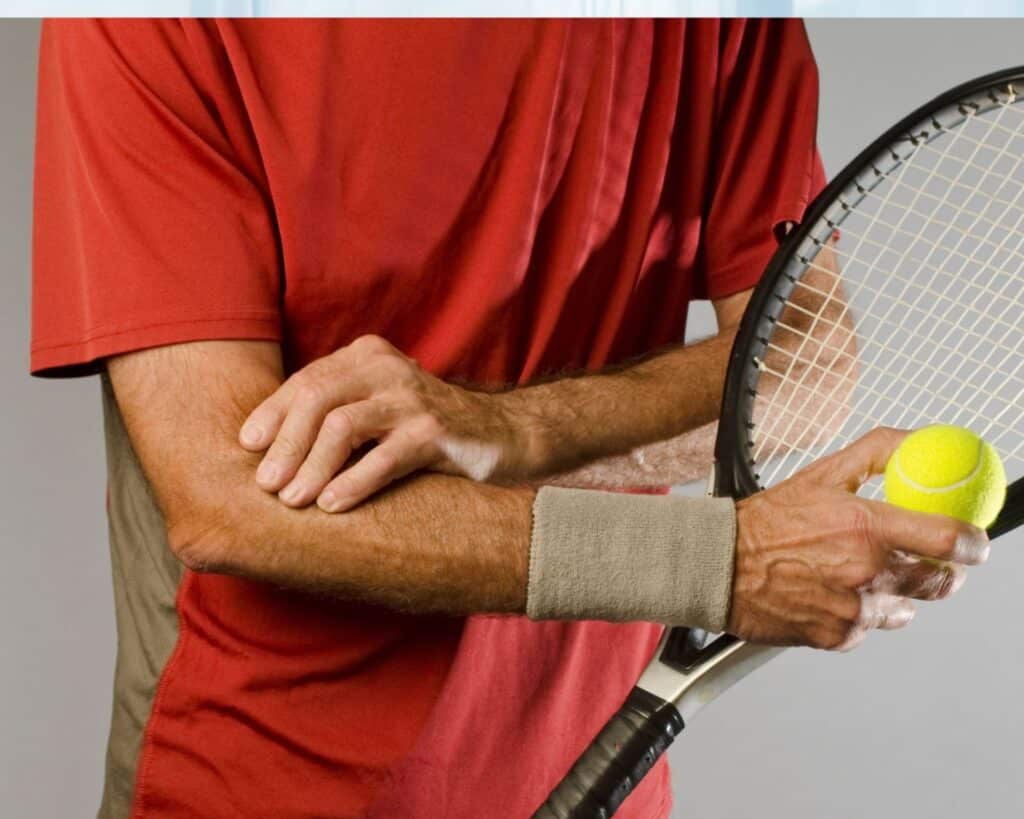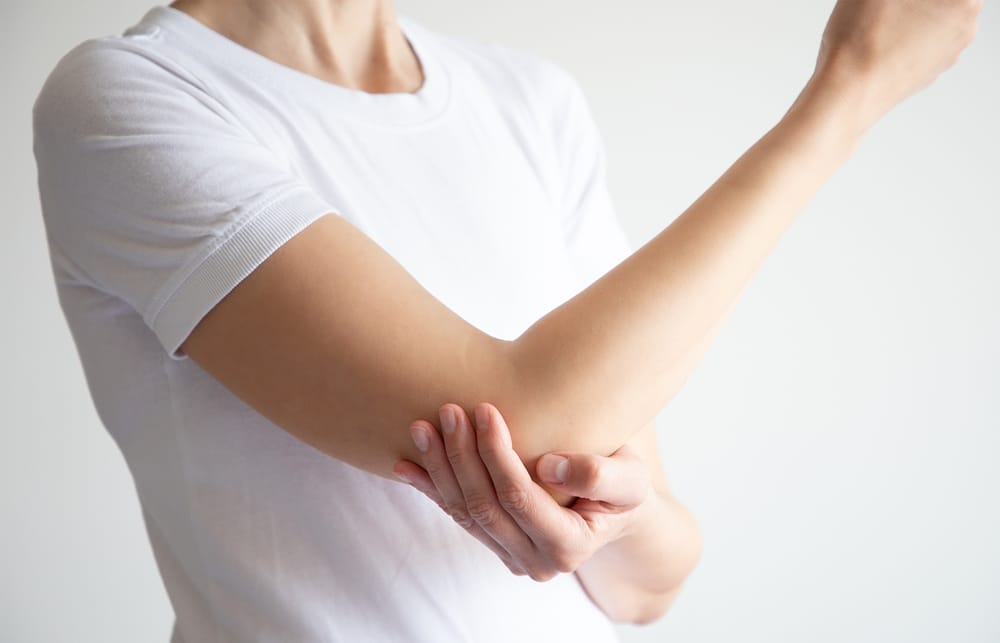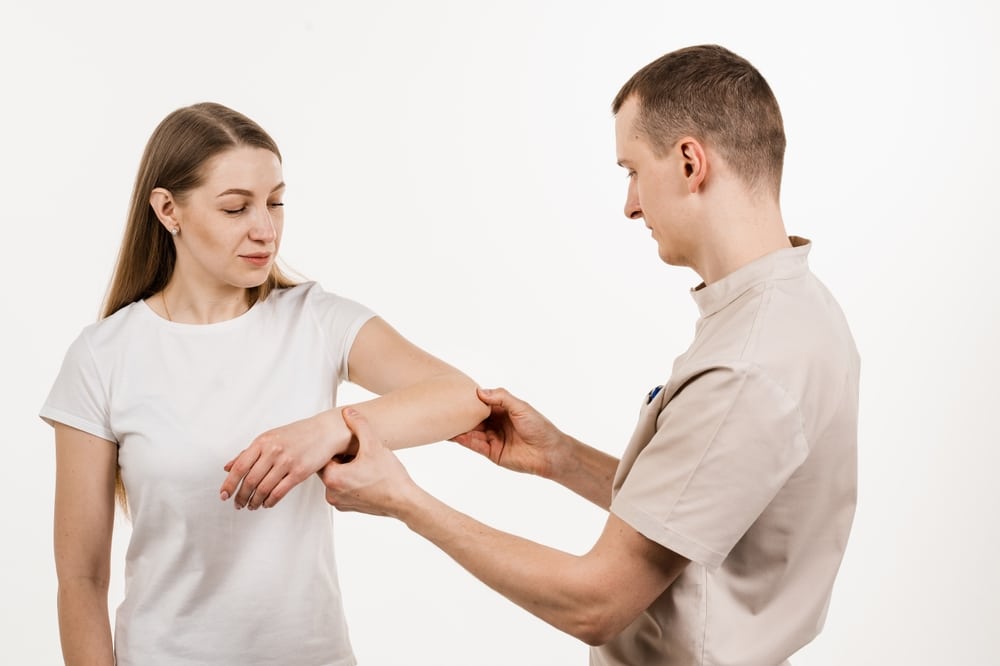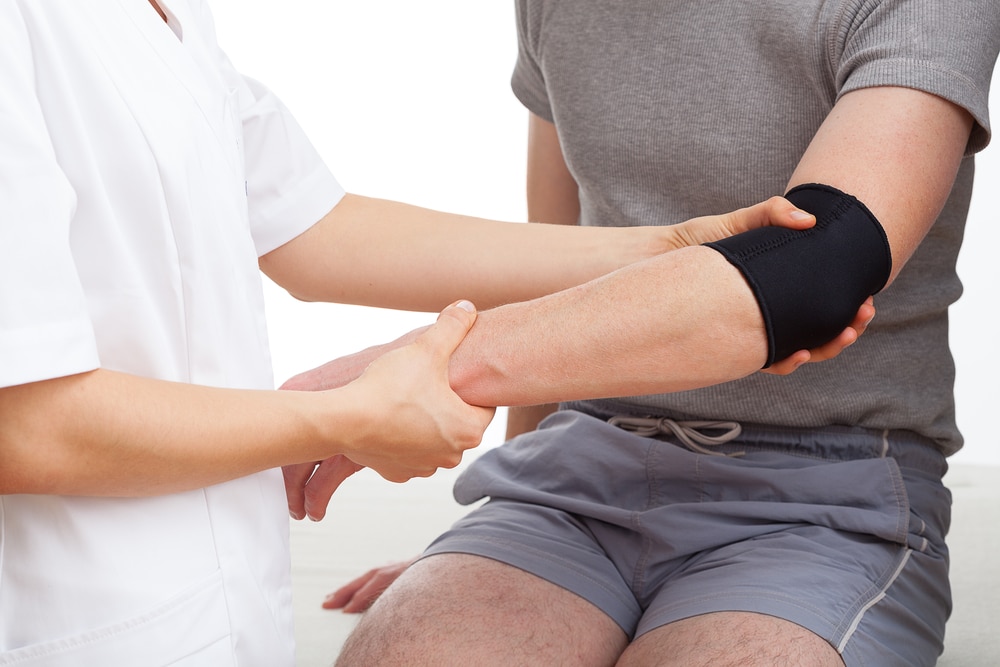Table of Contents
Are you fed up with the persistent aches and discomfort of tennis elbow? If you’re searching for effective, lasting relief, look no further! Massage therapy holds the key to unlocking a pain-free life, empowering you to bid farewell to those nagging twinges and welcome the soothing comfort of recovery. In this comprehensive guide, we’ll dive deep into the causes of tennis elbow and explore how targeted massage techniques can transform your journey to healing.
Whether you’re a weekend warrior or a seasoned pro, mastering the art of massage therapy tailored to tennis elbow—ranging from gentle strokes to precise pressure-point applications—can make all the difference. Join us as we unravel the mysteries of effective pain management and discover how massage therapy can become your go-to solution for relief. Say hello to revitalized energy and goodbye to the grip of chronic discomfort. It’s time to take charge, reclaim your comfort, and embrace a life free from the limits of tennis elbow. Let’s embark on this journey to recovery together!
1. Friction massage
Friction massage is a specific therapy that is quite helpful for those with tennis elbow, an issue that affects both athletes and non-athletes. Intending to reduce pain and speed recovery, this type of deep-tissue Massage focuses on the tendons and muscles damaged by repetitive stress caused by playing tennis.
The Workings of Friction Massage
Applying pressure on irritated tendons and muscles is known as friction massage. By increasing blood flow to the injured area, this technique helps break down adhesions and speeds up the healing process. This method can be helpful for tennis players because it targets the lateral epicondyle, the joint most strained by repeated strokes.
2. Cross-Fiber Massage
Cross-fiber Massage has become well-known for effectively treating various muscular injuries, including lateral epicondylitis, or tennis elbow in massage therapy. The condition can result in severe discomfort and reduced mobility due to stress and microtears in the elbow tendons caused by repetitive activity. By applying cross-fiber Massage, people can feel better and recover faster.
Method and Advantages
Cross-fiber Massage is a technique in which the pressure and movement are parallel to the muscle fibers. This technique is useful for treating scar tissue that forms due to chronic injury or stress. Although scar tissue is a normal healing component, it frequently aligns in a less ordered structure than the original tissue structure. This may result in chronic discomfort and decreased flexibility. By aligning these fibers, cross-fiber Massage facilitates improved healing and lessens the stiffness that comes with scar tissue.
3. Muscle Stripping
A particular kind of Massage called muscle stripping can be quite helpful in treating problems like tennis elbow, providing a great deal of relief to people experiencing the pain and discomfort that come with this prevalent condition. For sports conditions like tennis elbow, which involve repetitive stress and pain, this method is essential to massage therapy. To release adhesions and boost blood flow, pressure is applied along the muscular fibers of the impacted muscles. This can be especially helpful in treating and curing tennis elbow since it specifically targets the strained muscles and tendons involved in athletic activities like tennis.
4. Trigger Point Release
The painful condition known as tennis elbow, or lateral epicondylitis, is brought on by overusing the forearm muscles that extend to the elbow. Repeated pressure might cause trigger points, which are uncomfortable knots in the muscles that can hurt and limit movement. Thankfully, science has demonstrated that massage therapy, particularly trigger point release techniques, is a useful means of reducing chronic pain.
Techniques for Tennis Elbow Self-Massage
Tennis elbow self-massage methods concentrate on identifying and releasing these trigger points. One popular technique is to apply pressure to the afflicted area with your fingertips or a massage tool to assist release the knots and reduce pain. To release trigger points in your tennis elbow, try this simple massage technique:
Find the Trigger Points
Examine the muscles surrounding the outer elbow and forearm for sore patches or tight bands. These are most likely your points of trigger.
Apply Pressure
After locating a trigger point, use your fingertips or a massage tool to apply light, consistent pressure. Hold for 30 to 60 seconds or until you sense a noticeable release or lessening of the pain.
5. Stretching After Massage
Hiring a professional massage therapist to treat your tennis elbow can be a big step toward recovery and pain management. Stretching after a massage, however, can increase the advantages even further by promoting quicker healing and improved muscular function overall
Stretching exercises can prolong and improve the results of a massage to reduce tennis elbow pain. Massage therapists frequently advise light stretches after the session to preserve the lengthening and softening of muscle fibers that were achieved during the massage. This is important because it improves circulation and flexibility in the affected area.
6. Complementary Techniques

Tennis elbow is a common condition that affects both athletes and non-athletes. Chronic discomfort in the elbow and forearm can be quite irritating. In addition to traditional therapies like rest and physical therapy, a number of supplementary methods particularly customized massages have shown effectiveness. This method mainly targets the extensor and forearm muscles, which are important areas impacted by this disease.
Benefits of Tennis Elbow Massage
Reduces Pain and Discomfort – Relieves tension in the forearm muscles.
Improves Blood Circulation – Enhances healing by increasing nutrient flow to the affected area.
Breaks Down Scar Tissue – Restores mobility and reduces stiffness.
Enhances Flexibility – Relieves tightness in muscles and tendons.
Reduces Inflammation – Stimulates lymphatic drainage to decrease swelling.
Conclusion
In conclusion, massage therapy offers a holistic and effective approach to managing and alleviating tennis elbow. Techniques like friction massage, cross-fiber massage, muscle stripping, and trigger point release target the root causes of pain, promoting healing and restoring mobility. Incorporating complementary strategies, such as stretching and self-massage, further enhances recovery by maintaining flexibility and reducing muscle tension. Whether you’re an athlete or someone affected by repetitive strain, massage therapy empowers you to take control of your well-being, fostering long-term relief and comfort. Embrace these targeted methods to reclaim a pain-free life, improve your functionality, and prevent future discomfort. With consistent effort and tailored care, you can overcome tennis elbow and enjoy a revitalized, active lifestyle.






